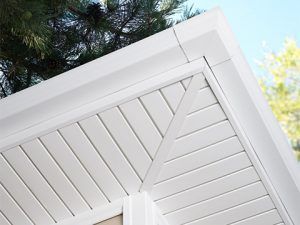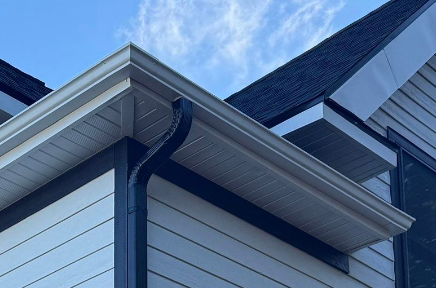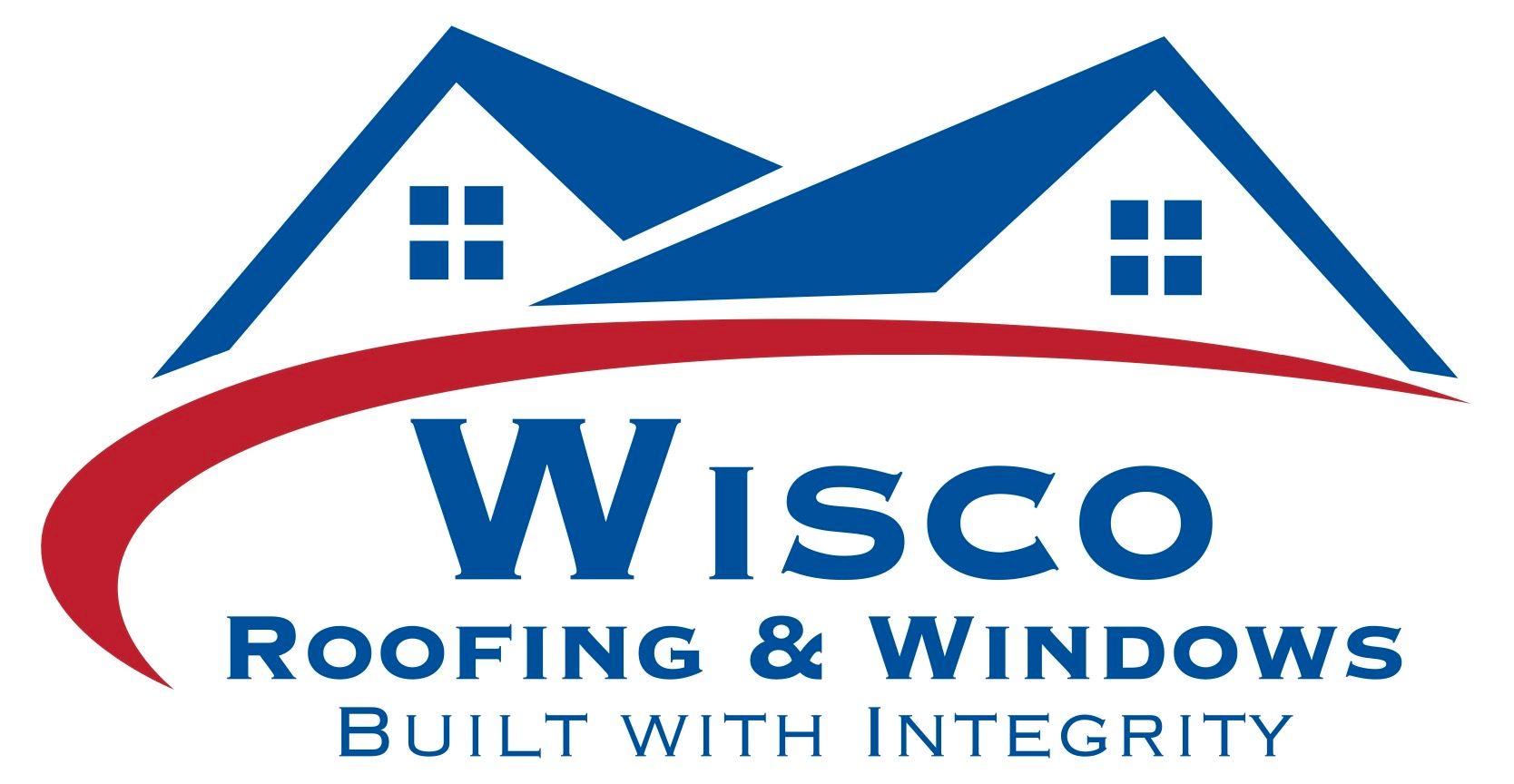What Are the First Signs of a Failing Roof in Wisconsin?
As Wisconsin homeowners face some of the most challenging weather conditions in the country, understanding roof failure signs Wisconsin residents should watch for becomes crucial for protecting your investment. At Wisco Roofing and Windows, we've seen firsthand how early detection of roofing problems can save homeowners thousands of dollars in repairs and prevent catastrophic damage to their homes.
Understanding Wisconsin's Impact on Your Roof
Wisconsin's unique climate presents specific challenges that accelerate roof failure signs. Wisconsin homes endure heavy snow loads, dramatic temperature fluctuations, intense summer heat, and bitter winter cold. These extreme conditions make it especially important to recognize potential problems before they escalate into major issues.
The Importance of Early Detection
Identifying roof failure signs Wisconsin homeowners often overlook can mean the difference between a simple repair and a complete roof replacement. Regular inspection and maintenance become your first line of defense against extensive damage. Let's explore the critical signs that indicate your roof might be failing and what actions you should take.
External Warning Signs
1. Shingle Deterioration
One of the most common roof failure signs Wisconsin homeowners encounter begins with shingle problems. Watch for:
Curling or Buckling Shingles: When shingles begin to curl at the edges or develop a buckled appearance, it's often a sign of inadequate ventilation or aging materials. This condition leaves your roof vulnerable to water infiltration and further damage.
Missing Granules: If you notice an abundance of granules in your gutters or dark patches on your shingles, this indicates advanced wear. These granules protect your shingles from UV radiation and their loss accelerates deterioration.
Cracked or Missing Shingles: Wisconsin's harsh winds can damage or completely remove shingles, creating potential entry points for water. Regular inspection after severe weather events helps catch these issues early.
2. Flashing Problems
Compromised flashing around chimneys, vents, and valleys represents another critical area of concern. Look for:
Separated or Damaged Flashing: When flashing pulls away from the roof or shows signs of rust, it can no longer effectively direct water away from vulnerable areas.
Dried or Cracked Sealant: The sealant around flashing can deteriorate over time, especially in Wisconsin's variable climate. Regular inspection and maintenance of these areas prevents water infiltration.
3. Sagging Roof Deck
A sagging roof deck represents one of the most serious roof failure signs Wisconsin homes can exhibit. This condition often indicates structural problems that require immediate attention. Signs include:
Visible Dips or Waves: When viewing your roof from the ground or street, look for any areas that appear to dip or wave rather than maintaining a straight line.
Stressed Roof Valleys: Pay special attention to roof valleys, as these areas bear the greatest water and snow loads during Wisconsin winters.
Internal Warning Signs
1. Attic Indicators
Some of the earliest roof failure signs Wisconsin homeowners should watch for appear in the attic:
Light Penetration: During daylight hours, check your attic for any spots where sunlight penetrates through the roof deck. These points indicate potential water entry locations.
Moisture Marks: Dark stains on rafters or decking material often indicate ongoing water infiltration, even if you haven't noticed active leaks yet.
2. Interior Ceiling Signs
Pay attention to these warning signs visible from your home's interior:
Water Stains: Brown or yellow stains on ceilings or walls often indicate water infiltration through roofing materials.
Paint or Plaster Damage: Bubbling paint or cracking plaster can signal moisture problems originating from roof failure.
3. Energy Efficiency Changes
Sometimes roof failure signs Wisconsin residents experience manifest as changes in energy efficiency:
Increased Energy Bills: If your heating or cooling costs suddenly increase without explanation, your roof's insulation or ventilation system might be compromised.
Uneven Temperature Distribution: Rooms that become unusually hot or cold might indicate roof-related ventilation problems.
Seasonal Considerations
Winter Warning Signs
Wisconsin winters create unique challenges for roofing systems:
Ice Dam Formation: While some ice dam formation is normal during severe weather, excessive or recurring ice dams often indicate inadequate insulation or ventilation.
Snow Load Distribution: Uneven snow melt patterns can signal insulation problems or heat loss through your roof.
Spring Assessment
As winter transitions to spring, watch for these roof failure signs Wisconsin homeowners often encounter:
Winter Damage Evidence: Once snow melts, inspect for any damage caused by winter weather, including missing shingles or damaged flashing.
Drainage Issues: Spring rains test your roof's drainage system. Watch for proper water flow and drainage during rainfall.
Professional Inspection Tips
When to Call a Professional
While homeowners can identify many roof failure signs, Wisconsin weather conditions sometimes necessitate professional inspection:
After Severe Weather: Schedule professional inspections following significant storms or extreme weather events.
Regular Maintenance: Even without visible problems, schedule professional inspections every 2-3 years to catch developing issues early.
What Professionals Look For
Professional roofers examine specific areas and conditions:
Structural Integrity: They assess the overall structural condition of your roofing system.
Ventilation Assessment: Proper ventilation prevents many common roofing problems and extends roof life.
Prevention and Maintenance
Regular Maintenance Tasks
Prevent roof failure signs Wisconsin homes commonly experience through regular maintenance:
Gutter Cleaning: Keep gutters clean and properly functioning to prevent water backup and ice dam formation.
Ventilation Check: Ensure all roof and soffit vents remain unobstructed and functioning properly.
Long-term Prevention Strategies
Implement these strategies to extend your roof's lifespan:
Professional Maintenance: Schedule regular professional maintenance to address minor issues before they become major problems.
Documentation: Keep detailed records of all inspections, repairs, and maintenance activities.
When to Consider Replacement
Age Considerations
Even well-maintained roofs eventually require replacement:
Expected Lifespan: Most asphalt shingle roofs last 20-25 years in Wisconsin's climate.
Material Factors: Different roofing materials have varying lifespans and performance characteristics.
Cost Considerations
When roof failure signs Wisconsin homeowners encounter become frequent, compare repair versus replacement costs:
Long-term Value: Sometimes complete replacement proves more cost-effective than ongoing repairs.
Energy Efficiency: New roofing materials often provide improved energy efficiency and long-term savings.
Working with Wisco Roofing and Windows
Our Inspection Process
At Wisco Roofing and Windows, we provide comprehensive roof inspections:
Detailed Assessment: We thoroughly examine all aspects of your roofing system.
Documentation: We provide detailed reports of our findings and recommendations.
Our Solutions
We offer customized solutions for every situation:
Repair Options: When appropriate, we recommend and perform targeted repairs to address specific issues.
Replacement Services: When necessary, we provide complete roof replacement services using quality materials and expert installation.
Conclusion
Understanding roof failure signs Wisconsin homes commonly experience helps you protect your investment and prevent costly damage. Regular inspection and maintenance, combined with prompt attention to developing problems, ensures your roof continues protecting your home through Wisconsin's challenging weather conditions.
Next Steps
If you've noticed any of these roof failure signs Wisconsin homeowners should watch for, don't wait for the problem to worsen.
Contact Wisco Roofing and Windows for a professional inspection and expert recommendations. Our experienced team understands Wisconsin's unique challenges and provides solutions tailored to your specific situation.
You might also like



Book a Service Today
We will get back to you as soon as possible
Please try again later

